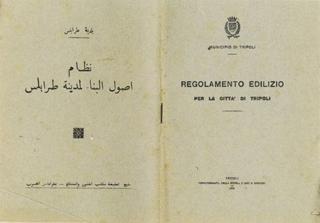correspondent TRIPOLI – The project appears at the same time very ambitious, but also obvious, natural in this period of Italo-Libyan rapprochement. “We restore what remains of Italian architecture in Tripoli . It is a fair program, almost a gesture of love for the city, its history, its breathtaking beauty that was imposed on any visitor until less than half a century ago. Removing or forgetting the Italian colonial period would be like canceling its identity” , explains 42-year-old Ghaleb Gheblawi, one of the architects from Tripoli who since 2012 has been cooperating with his Italian colleague from Reggio Emilia, Walter Baricchi, to try to turn dreams into reality.

It doesn’t take long to grasp the meaning of his words. It turns out to be enough to walk for a couple of hours from the area of the medina, the old city between the ramparts that were Roman, Byzantine, Spanish, Turkish and then Italian, to reach the area of the current Piazza Algeria (once the Cathedral) through the arcaded streets that surround what until the coup of Muammar Gaddafi in 1969 was Corso Vittorio Emanuele III (now Corso Indipendenza).
“The Jamahiriya dictatorship exalted the desert. It was too primitive to appreciate the splendor of the capital’s palaces and its urban plan designed by the Italian administrators. It was a unique amalgam between architectural rationalism and orientalism aimed at enhancing the local culture. It is no coincidence that Italo Balbo wanted to erect dozens of mosques in respect of Muslims. Gaddafi was unable to cancel it, ”adds Gheblawi.
In fact, the imprint of Italian town planning reigns supreme, even the manholes have stamped the mark of the old colonial authorities into the iron and the Ottoman mosque of the covered souk, which in 1740 had been named after Ahmad Pasha, was carefully restored during the Twenties , with the minaret remodeled in a vaguely Baroque style.
Watch Video
https://www.corriere.it/esteri/libia-tripoli-architettura-italiana-cremonesi/index.shtml

